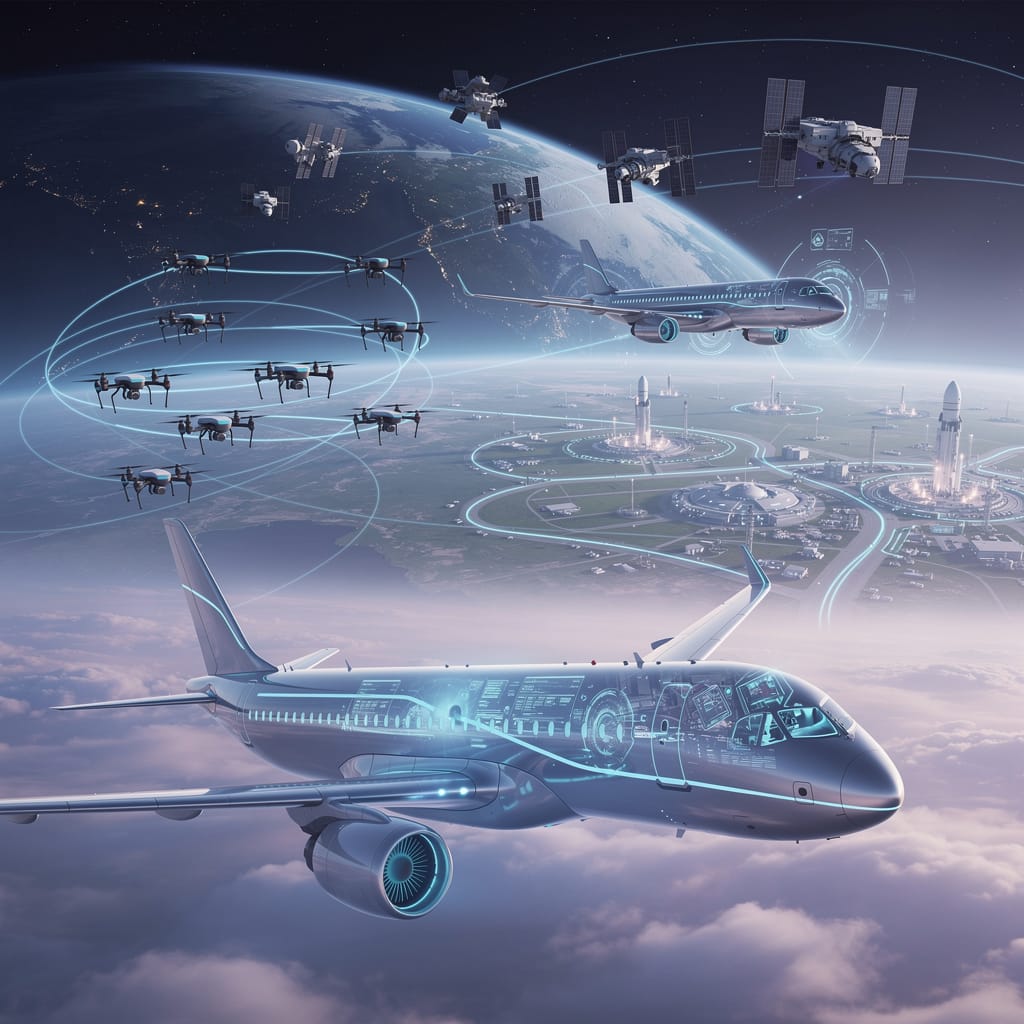AI powering Stakeholders
The Power of AI in Promoting Collaboration and Coordination Among Stakeholders
In recent years, artificial intelligence (AI) has become a powerful tool in promoting collaboration and coordination among stakeholders. The ability of AI to process large amounts of data, identify patterns and trends, and make predictions based on those patterns has made it a valuable asset for organizations looking to work more efficiently and effectively with their stakeholders. In this article, we will explore the ways in which AI is being used to promote collaboration and coordination among stakeholders, and the benefits that come with this.
What is AI?
Artificial intelligence refers to the development of computer systems that can perform tasks that typically require human intelligence, such as visual perception, speech recognition, decision-making, and language translation. AI systems use machine learning algorithms to analyze data and make predictions based on that data, with the aim of improving efficiency and accuracy in decision-making.
AI and Stakeholder Collaboration
Collaboration among stakeholders is crucial for organizations to achieve their goals. Stakeholders can include employees, customers, suppliers, partners, investors, and regulators, among others. Effective collaboration requires communication, coordination, and the ability to work towards common goals. AI can help organizations achieve these goals in several ways.
Improving Communication: AI-powered chatbots and virtual assistants can improve communication between stakeholders by answering queries and providing information in real-time. Chatbots can also help to automate routine tasks, freeing up time for stakeholders to focus on more important tasks.
Identifying Trends: AI algorithms can analyze data from various sources to identify trends and patterns, allowing stakeholders to make more informed decisions. For example, AI-powered predictive analytics can help organizations forecast demand for products and services, allowing them to adjust their operations accordingly.
Enhancing Coordination: AI can help stakeholders work more efficiently by streamlining workflows and automating routine tasks. For example, AI-powered project management tools can help teams to manage their tasks more effectively, ensuring that everyone is working towards the same goals.
Personalizing Experiences: AI algorithms can help organizations to personalize their interactions with stakeholders. For example, AI-powered recommendation engines can suggest products and services based on a customer’s browsing history, while AI-powered chatbots can provide personalized recommendations based on a customer’s preferences.
Benefits of AI-Powered Stakeholder Collaboration
The benefits of AI-powered stakeholder collaboration are significant. By improving communication, identifying trends, enhancing coordination, and personalizing experiences, organizations can improve their relationships with stakeholders, increase efficiency, and drive innovation. Some of the key benefits of AI-powered stakeholder collaboration include:
Improved Efficiency: By automating routine tasks and streamlining workflows, organizations can improve their efficiency, reducing the time and resources required to complete tasks.
Increased Innovation: By identifying trends and patterns, organizations can gain insights into customer needs and preferences, allowing them to develop new products and services that meet those needs.
Enhanced Customer Experience: By personalizing interactions with customers, organizations can improve the customer experience, building loyalty and increasing revenue.
Better Decision-Making: By analyzing data and providing insights, AI can help stakeholders make more informed decisions, reducing the risk of errors and improving outcomes.
Improved Coordination: By providing a centralized platform for stakeholders to collaborate and communicate, AI can improve coordination and reduce the risk of miscommunication.
Examples of AI-Powered Stakeholder Collaboration
There are many examples of organizations using AI to promote collaboration and coordination among stakeholders. Some of the most notable examples include:
Ford: Ford has used AI-powered predictive analytics to forecast demand for its products, allowing it to adjust its production schedules and improve efficiency.
Coca-Cola: Coca-Cola has used AI-powered recommendation engines to personalize its interactions with customers, increasing customer satisfaction and revenue.
Microsoft: Microsoft has used AI-powered chatbots to provide real-time customer support, improving the customer experience andreducing the workload on support teams.
Amazon: Amazon uses AI-powered logistics management tools to coordinate the delivery of products to customers, improving efficiency and reducing delivery times.
IBM: IBM has developed an AI-powered project management tool that helps teams to manage their tasks more effectively, improving coordination and reducing the risk of errors.
Google: Google uses AI-powered search algorithms to provide personalized search results to users, enhancing the user experience and increasing engagement.
Uber: Uber uses AI-powered algorithms to match drivers with riders, improving efficiency and reducing wait times.
Airbnb: Airbnb uses AI-powered pricing algorithms to adjust prices based on demand, improving revenue and reducing vacancies.
Conclusion
AI has become a powerful tool in promoting collaboration and coordination among stakeholders. By improving communication, identifying trends, enhancing coordination, and personalizing experiences, organizations can improve their relationships with stakeholders, increase efficiency, and drive innovation. The benefits of AI-powered stakeholder collaboration are significant, including improved efficiency, increased innovation, enhanced customer experience, better decision-making, and improved coordination. As AI technology continues to evolve, it is likely that we will see even more examples of organizations using AI to promote collaboration and coordination among stakeholders.
Thank you for questions, shares and comments!
Share your thoughts or questions in the comments below!
Other examples?
Text with help of openAI’s ChatGPT Laguage Models & Fleeky – Images with help of Picsart & MIB






